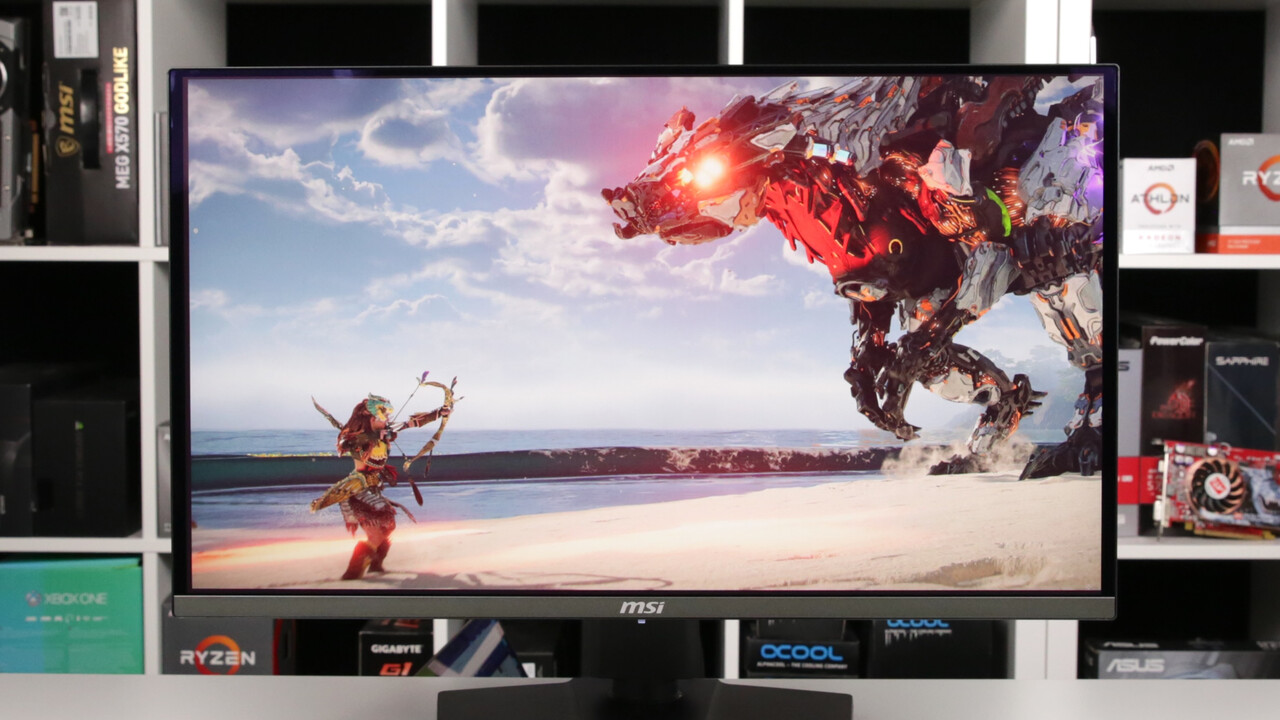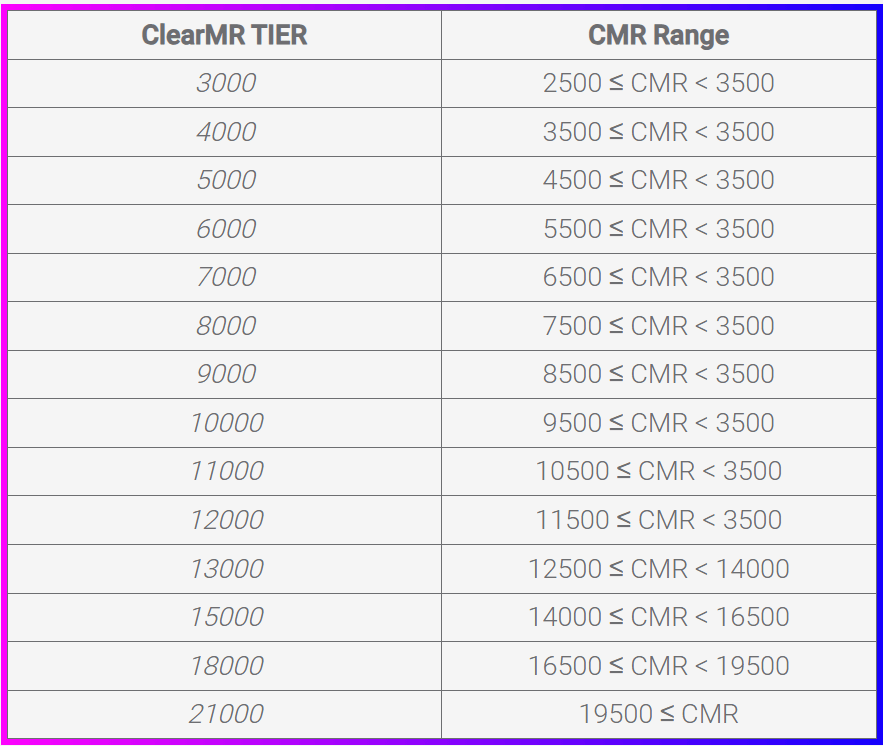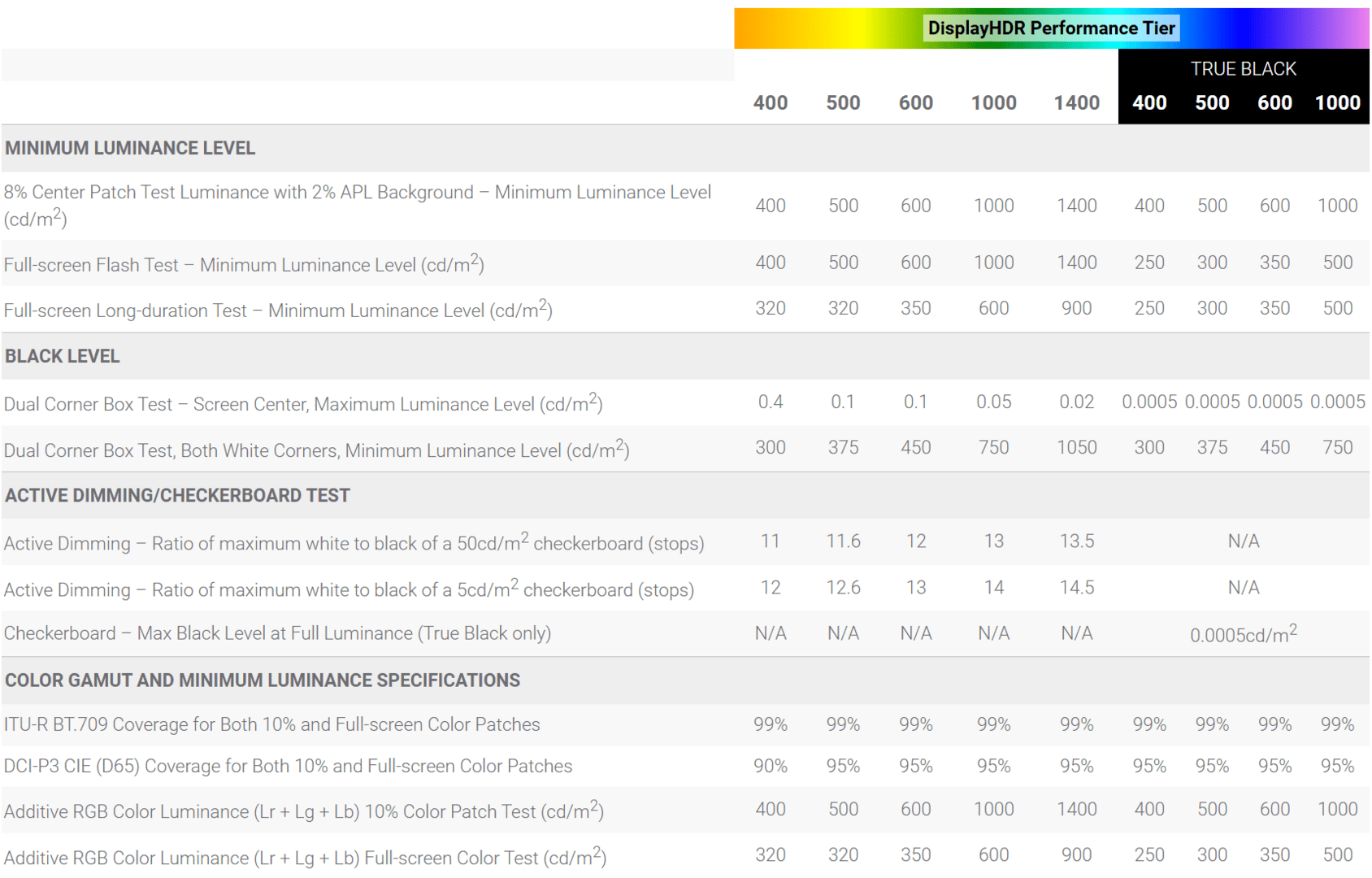True Black 1000 and ClearMR 21000: new VESA standards for faster and brighter OLED displays 11 comments

VESA, which is responsible for monitor standards, has expanded its certification guidelines. The ClearMR standard, which guarantees suitability for the display of moving images, has three additional levels for even faster displays. Brighter OLED screens should, in turn, receive the DisplayHDR True Black 1000 label.
ClearMR as a measure of screen motion blur
The Video Electronics Standards Association (VESA) introduced another certification program for displays in August 2022. At various stages, the Clear Motion Ratio (CMR) is intended to serve as a benchmark for display motion blur and replace the moving image response time (MPRT).
Clear Motion Ratio (ClearMR or CMR) is, in VESA’s words, “an industry standard and logo program that provides a new quality metric for evaluating motion blur in digital displays.” According to defined test criteria, display manufacturers can have their products certified for one of the different CMR levels and then advertise with the corresponding logo.
The level reflects the ratio of clearly visible pixels to blurred pixels. As an example, the ClearMR 7000 level is intended to define a range of “65 to 75 times (6500 to 7500%) more clear pixels than blurred pixels.” The higher this number, the less uncertainty there is.
At first, ClearMR 9000 was the highest level. In January 2023, VESA followed up with ClearMR 10000, ClearMR 11000, ClearMR 12000 and ClearMR 13000, as the emergence of particularly responsive OLED monitors at 240 Hz simply made new levels necessary.
ClearMR 15000 to 21000 for even faster displays
OLED displays now even reach 480 Hz and are even better positioned in terms of movement sharpness. Ergo, there are now additional levels to classify these displays. These are called ClearMR 15000, ClearMR 18000 and ClearMR 21000.
 ClearMR 15000 to ClearMR 21000 are new (Image: VESA)
ClearMR 15000 to ClearMR 21000 are new (Image: VESA)
New OLED monitors from Gigabyte and MSI, among others, are expected to carry the seal of the highest level, ClearMR 21000. LG specifically uses the 27GX940 as an example. Samsung also wants to pursue displays with ClearMR 21000.
The list of ClearMR certified monitors will likely be expanded soon.
DisplayHDR True Black 1000 for particularly bright OLED displays
The older VESA DisplayHDR standard is used to classify the suitability of displays for displaying HDR content. DisplayHDR was followed in 2019 by DisplayHDR True Black as a variation of OLED screens. In addition to the maximum brightness, the black value also plays a role here.
The highest level to date, DisplayHDR True Black 600, requires a specific brightness of at least 600 cd/m². The True Black 400 and True Black 500 standards are limited to 400 cd/m² or 500 cd/m².
Now the new high-end DisplayHDR True Black 1000 follows directly, without any further intermediate steps. This requires a maximum brightness of at least 1000 cd/m². It is also necessary to achieve 500 cd/m² permanently across the entire screen.
 Increased requirements for DisplayHDR True Black 1000 (Image: VESA)
Increased requirements for DisplayHDR True Black 1000 (Image: VESA)
The requirements for an OLED display are extremely high and no display has yet been DisplayHDR True Black 1000 certified. At least Samsung’s mobile display department is reportedly working on it, according to VESA’s press release. Many OLED displays for laptops have already reached the highest level, True Black 600.
Full details on DisplayHDR level guidelines are available from VESA.
Themes: CES 2025 Displays Monitor OLED VESA Which: VESA

Élodie compares monitors for resolution, refresh rate, and colour accuracy to meet gamers’ and professionals’ needs.

